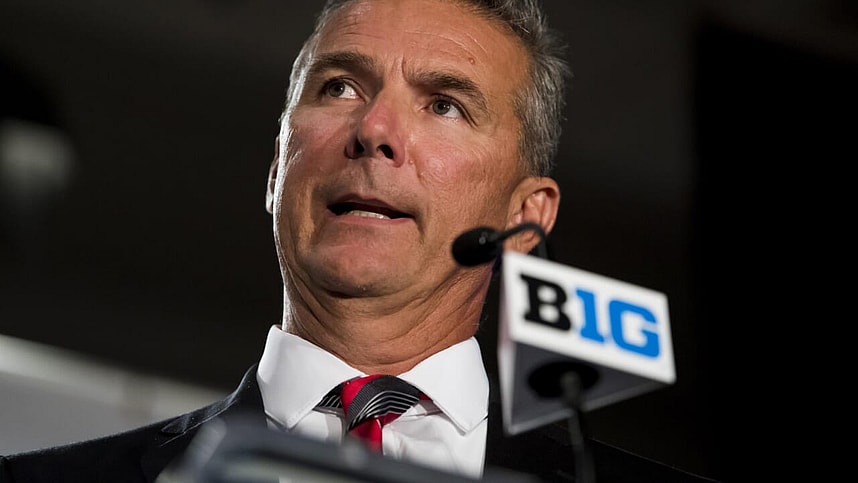
College football head coach is a well-paying job, at least in the FBS. In major conferences like the Big Ten, that’s doubly true. USA Today recently released their list of head coach salaries for 2018, and two of the three highest paid coaches in the entire country are from the Big Ten Conference.
Nick Saban takes the top spot, but behind him are Urban Meyer and Jim Harbaugh. It makes sense, considering that Ohio State and Michigan are two of the most popular and wealthy teams not just in the conference, but in all of college football. The SEC has the most coaches in the top ten for salary, but Michigan and Ohio State pay more than any of those schools with the exception of Alabama.
Surprisingly, the third highest paid coach in the Big Ten is Scott Frost, who has lacked success so far with Nebraska after an 0-4 start to the season. However, Frost was coming off of an undefeated season with UCF at the time that the contract was signed, explaining the high dollar amount. While Frost is the third highest paid coach in the conference, he’s the tenth highest paid coach nationally.
After Frost, the next highest paid coach is Lovie Smith, of Illinois. He surprisingly makes more than Penn State’s James Franklin, who rounds out the top five for the Big Ten. There’s two more coaches from the Big Ten that are in the national top twenty, Kirk Ferentz of Iowa and Mark Dantonio of Michigan State. They come in at number 17 and 18 respectively, giving their schools a lot of success over the past years for the relatively low salaries.
The Big Ten is certainly interesting when looking at the contracts, because while the most valuable schools are no stranger to paying their coaches almost eight million dollars a year, the conference as a whole has performed well in comparison to the SEC despite the SEC generally paying more to its coaches, even at middling programs such as Texas A&M and Auburn.
More about: New York Giants